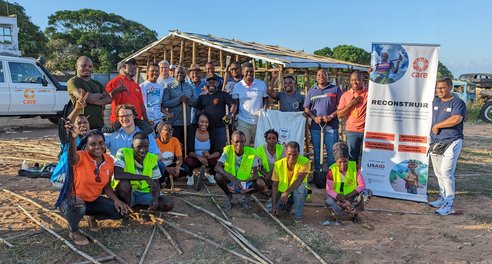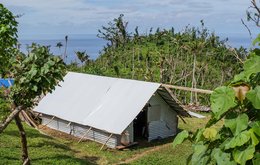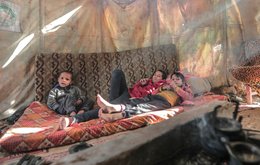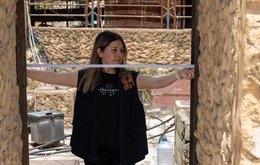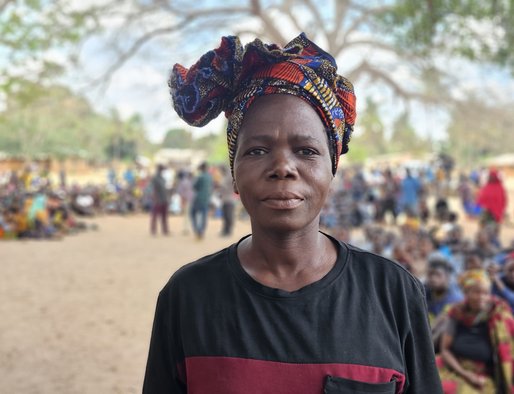Since 2017, communities in Cabo Delgado have suffered the impact of a deadly insurrection.
The seven-year insurgency has claimed more than 4,000 lives, around half of them civilians. Over 609,000 people are currently displaced, many of whom have been forced to flee their homes several times.
CARE’s Shelter team works with displaced communities in Cabo Delgado to provide both immediate shelter assistance when they are initially forced to move, and longer-term solutions if they are unable to return home. We speak with Shelter Advisor Lorena Dossantos about CARE’s work with communities in Cabo Delgado and her experiences delivering shelter support in conflict-affected regions.
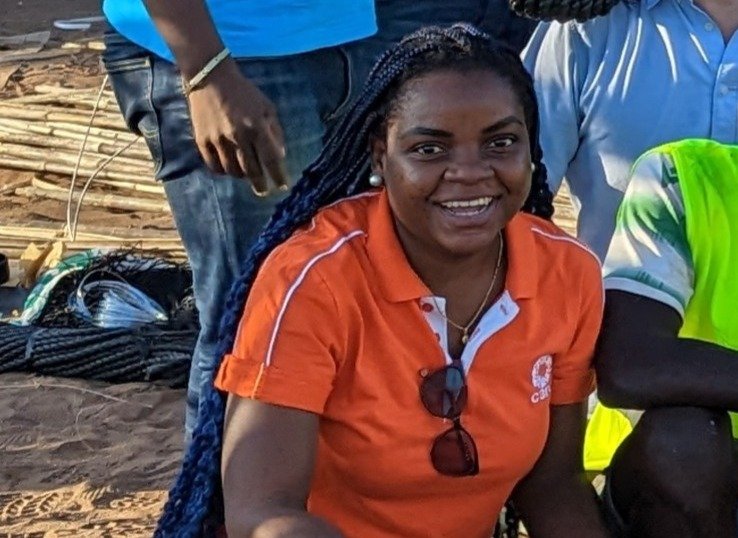
Can you tell us about how you started working with CARE?
I started working with CARE in 2019 in the aftermath of Cyclones Idai and Kenneth in Mozambique, initially on emergency response rather than shelter. After a year we started doing some activities like roofing rehabilitation and training, and slowly we started moving into building shelters for communities. I must admit, our first experience in this was not 100% successful, and we had to redo some of the activities. We had to find new materials to complete the construction, but we managed to get these free of charge. So although it started as a failure, thankfully we were able to turn it around.
What lessons did you learn from that kind of challenge?
One the biggest lessons that we learned from that project is that, if you want communities to support you, you need to put aside some money to pay them for their time. As an NGO, we can’t just expect that people will leave their income behind to go and build a shelter with you. It doesn't work like that.
The project really opened our eyes to the need to factor in the different priorities in the community.
The impacts of conflict and climate change mean communities in Cabo Delgado are often forced to move multiple times. Can you tell us what it’s like to support shelter needs in this environment?
Each location in Cabo Delgado has a different context, so we’ve had to be really creative with our shelter response. We came up with a strategy of having different models for each type of displacement. So, for immediate displacements, we use ‘Emergency Type A’ shelters – these are structures, often made from bamboo, with tarpaulin and bamboo roofs.
If it's secondary displacement with an expectation of longer-term use, we would look towards ‘Emergency Type C’ shelters, which are a little bit bigger. Over the last two years we have also started to construct transitional shelters with zinc roofs. Over time we have become more creative in our response and the need to implement different types of shelter interventions according to the context.
Can you tell us about how you take this initial emergency shelter response and turn it into something which serves those communities in the long term, when they cannot return home?
It's absolutely possible to do, and something we’ve been doing in Mozambique. For instance, we had one site where people were living in ‘Emergency Type A’ shelters. After a few months, the district was attacked and when we were able to return months later, the site had been destroyed.
However, newly displaced families had come to that site and had patched up the old shelter structures with grass and bamboo. And we saw an opportunity: instead of abandoning the site, why not upgrade to the next level of shelter, and ensure that the emergency shelter structures aren’t a complete loss? And that's exactly what we did. With the community’s support we were able to build about 700 shelters on the site, and as far as I am aware, the community remains there to this day.
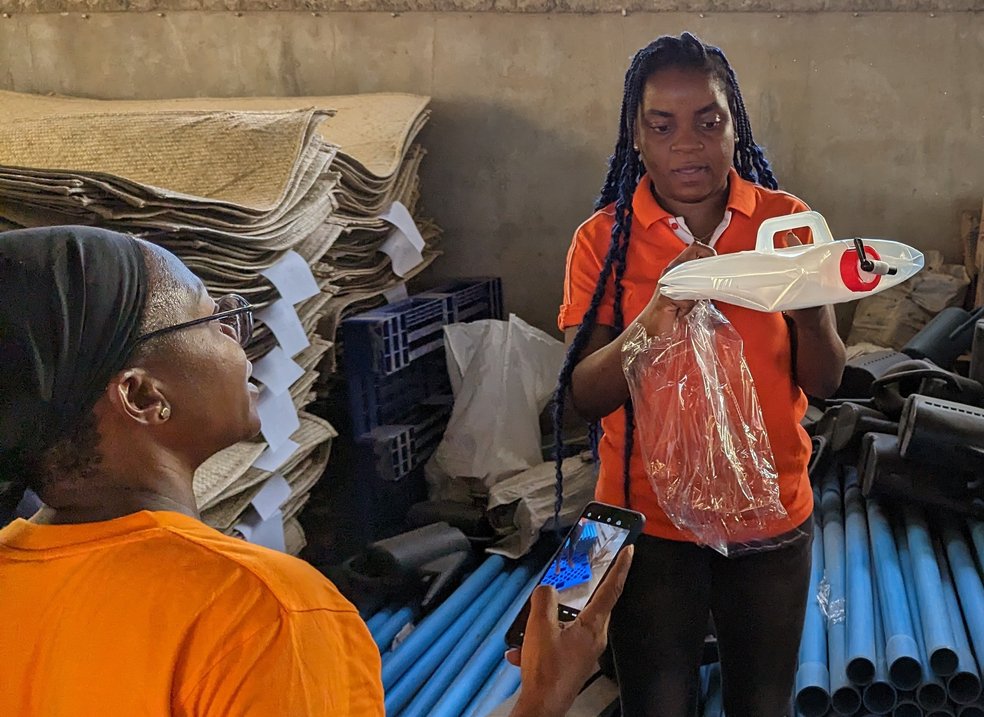
What role do women play in the shelter response in Cabo Delgado?
Traditionally here in northern Mozambique, women are not really shelter practitioners. But we had discussions with women around participating in shelter construction. In the beginning they were reluctant but eventually we managed to get women’s participation up to 30%. Once women started seeing others working on shelter projects, this started increasing.
And when they started working in shelter, they earned an income for the first time which was really motivating for them. They would tell their friends in the community about the new skills they were learning with CARE.
Now, women are some of our best shelter practitioners and constructors, and are now even leading the shelter committees.
Do you have any reflections as a woman working in shelter, on working in communities with more traditional gender norms?
I definitely have reflections because not only am I a woman, but I'm quite short!
In the beginning, I felt that people did not totally understand what I was doing, like ‘what is this little girl doing here?’ ‘Are you not scared?’
But my role is to support everyone who needs shelter. I don't judge. I don't work for the government, and I don't work for the other party to the conflict. I work for the population, so I expect that wherever I go, the population will protect me. So, I'm not afraid as long as I have the population here with me.
I think that it has actually helped being a woman in some respects. It gave me a level of emotional connection to the community that I'm in. I'm not just an engineer. I'm not just here to measure a wall. I'm here to connect with you on a level where we're going to work together. We're going to build this together.
I'm extremely proud of the journey that we have undertaken together in Cabo Delgado. We have come a long way.
